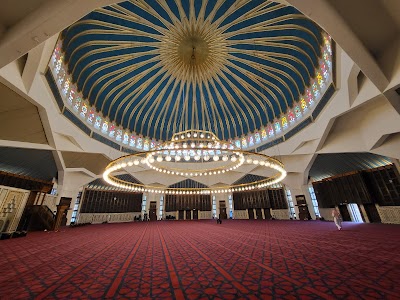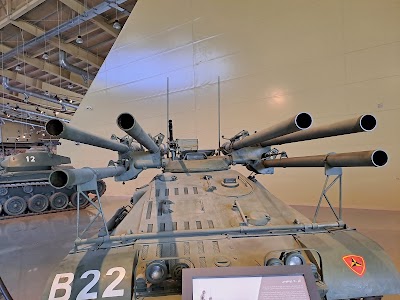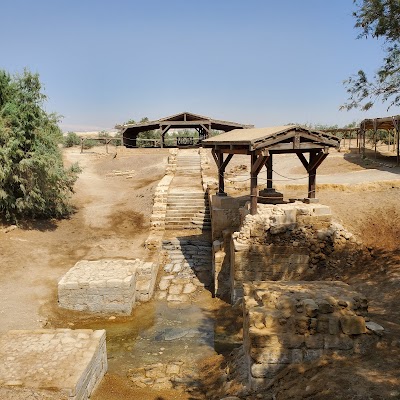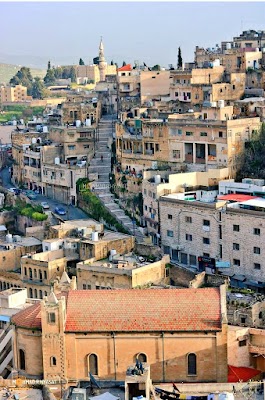Citadel (قلعة عمان)
Overview
The Amman Citadel, known locally as Jabal al-Qal'a, stands as one of Jordan's most captivating historical sites, offering a rich tapestry of history that spans several millennia. Perched atop one of the seven hills that originally characterized Amman, this ancient citadel provides not only a fascinating journey through time but also stunning panoramic views of the modern city below.
Historically, the Citadel has been a place of immense significance. Archaeological evidence indicates that it has been continuously inhabited since the Bronze Age, making it one of the world’s oldest continuously inhabited locations. Over the centuries, this site has witnessed the rise and fall of numerous civilizations, including the Ammonites, Persians, Greeks, Romans, and Umayyads. As you stroll through the grounds, the visible layers of history become more vivid, with ongoing excavations and studies revealing new insights into this storied past.
One of the most striking remnants at the Citadel is the Temple of Hercules, which dates back to the Roman occupation in the 2nd century AD. The temple's massive columns, some of which still stand tall, serve as a testament to the architectural ambition and prowess of the Roman builders. Nearby, visitors can marvel at an enormous hand carved from stone, believed to be part of a colossal statue of Hercules himself, adding an air of mystery to the site.
Another highlight of the Amman Citadel is the Umayyad Palace, constructed around 730 AD during the Umayyad period. This palace complex features several monumental structures, including a large audience hall with a stunning domed ceiling that has been partially reconstructed. Here, visitors can gain insight into the luxurious lifestyle and architectural style of the Umayyad dynasty, reflecting their strength and sophistication.
In addition to these impressive ruins, the Citadel is home to the Amman Archaeological Museum, which showcases a collection of artifacts discovered both on-site and from various locations across Jordan. Guests can explore items ranging from prehistoric tools to Byzantine mosaics, providing a broader context to the history encapsulated within the Citadel. Notably, the museum houses pieces from the Dead Sea Scrolls, some of the oldest known texts in the world.
Visiting the Citadel offers a unique experience as it stands as a serene sanctuary amidst the hustle and bustle of modern city life. The striking contrast between ancient ruins and contemporary Amman offers a unique perspective on the myriad layers of history that coexist in Jordan’s capital.
For visitors, the Citadel serves not only as an archaeological site but also as a place for contemplation and awe. The views from the top are particularly breathtaking at sunset, when the city's lights begin to twinkle and the ancient stones glow warmly in the fading daylight; it’s an ideal spot to reflect on the passage of time and the continuity of human habitation in this remarkable location.
Additionally, the Citadel’s central location makes it easily accessible for tourists. Just a short walk from downtown Amman, visitors can further explore the city’s vibrant culture and history, including the nearby Roman Theatre and bustling markets. Guided tours are available and highly recommended, as they provide deeper insights into the historical and cultural significance of the site.
Anecdotes and legends add to the allure of the Citadel; local folklore suggests that the giant stone hand from the Temple of Hercules was part of a statue meant to protect the city. Such stories enhance the experience of exploring the Citadel, adding layers of mythos and intrigue.
In summary, the Amman Citadel is a must-visit destination for any traveler interested in history, archaeology, or the beauty of ancient ruins. Whether you are a history enthusiast or simply a curious traveler, the Citadel offers a rich and rewarding experience. It is a place where the past and present intermingle, inviting visitors to walk through the corridors of time and witness the grandeur of ancient civilizations that have shaped our world today.






